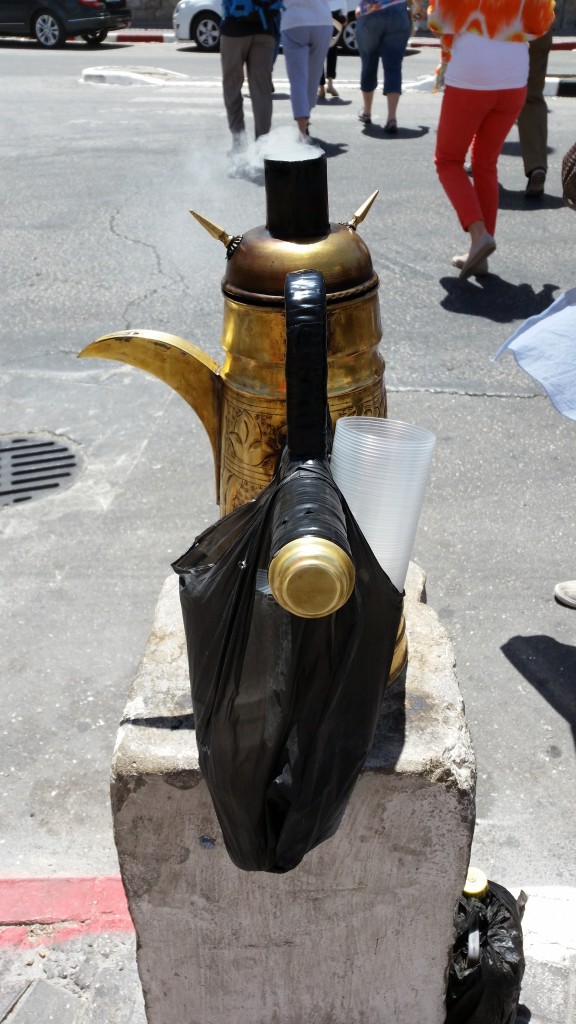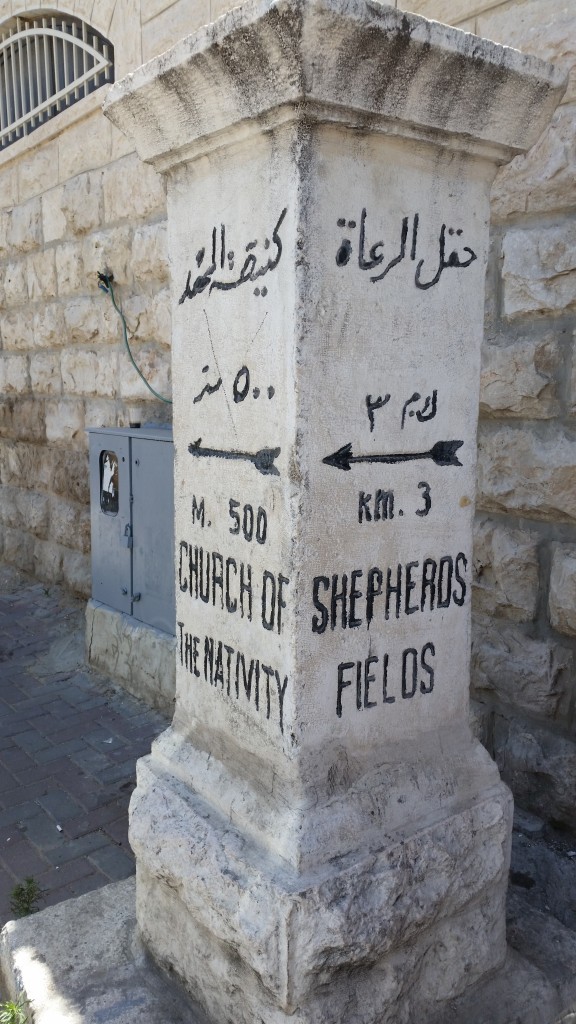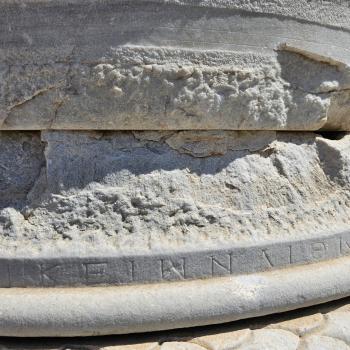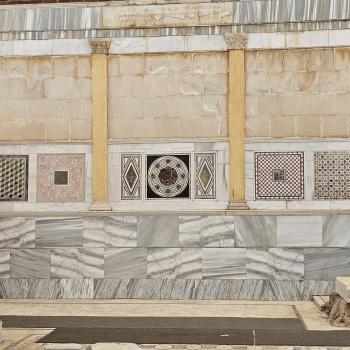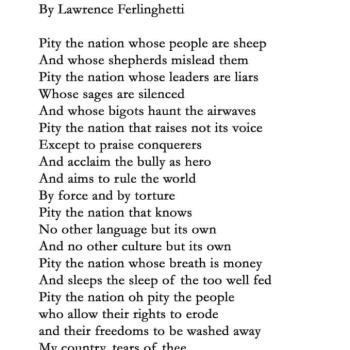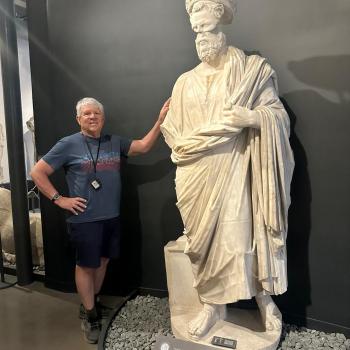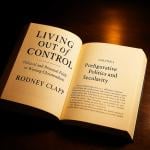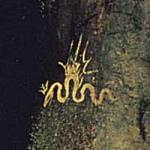A visit to Bethlehem necessarily involves stops at: 1) Shepherd’s fields; 2) the Church of the Nativity and the adjacent modern church with Jerome’s grotto; and 3) of course the olive wood shops, in this case, the best one near the Church of the Nativity called the Three Arches.
Shepherd’s fields reminds us that Bethlehem was the staging ground for the raising of the lambs, to be slaughtered at the temple in Jerusalem. Thus while the scenery is bucolic, it ends badly for the lambs. They either get fleeced or eaten, or both! It’s kind of at odds with the images below, including the sheep at the fountain.
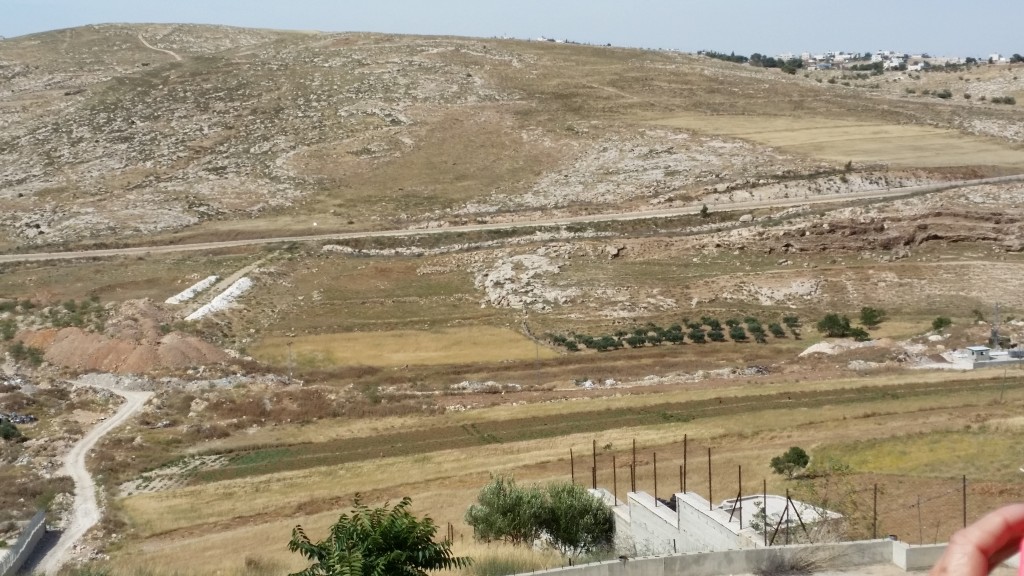
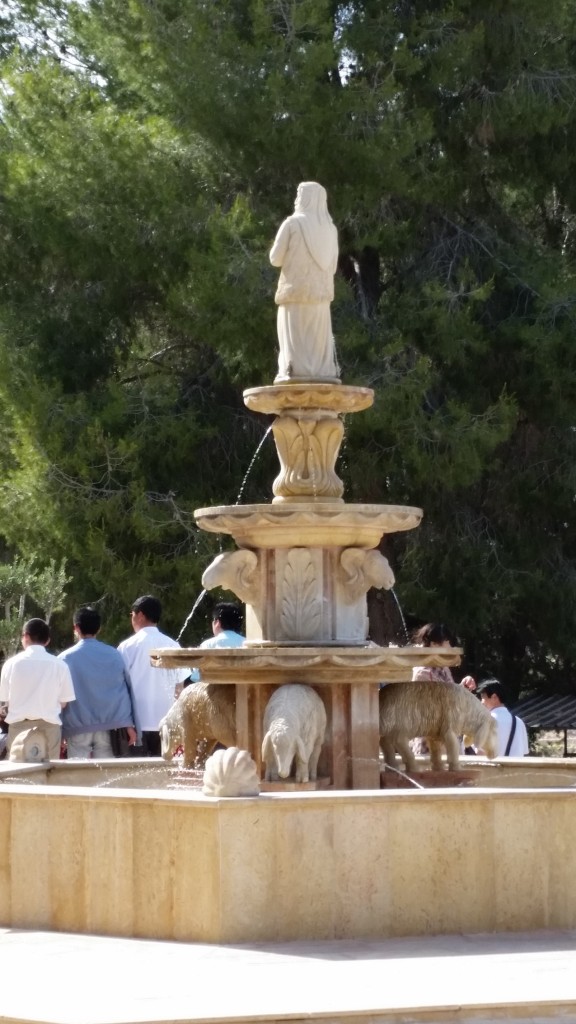
There is a beautiful little round chapel where one goes at Shepherd’s Fields, which has great acoustics for hymn singing…. and we brought the harmony!
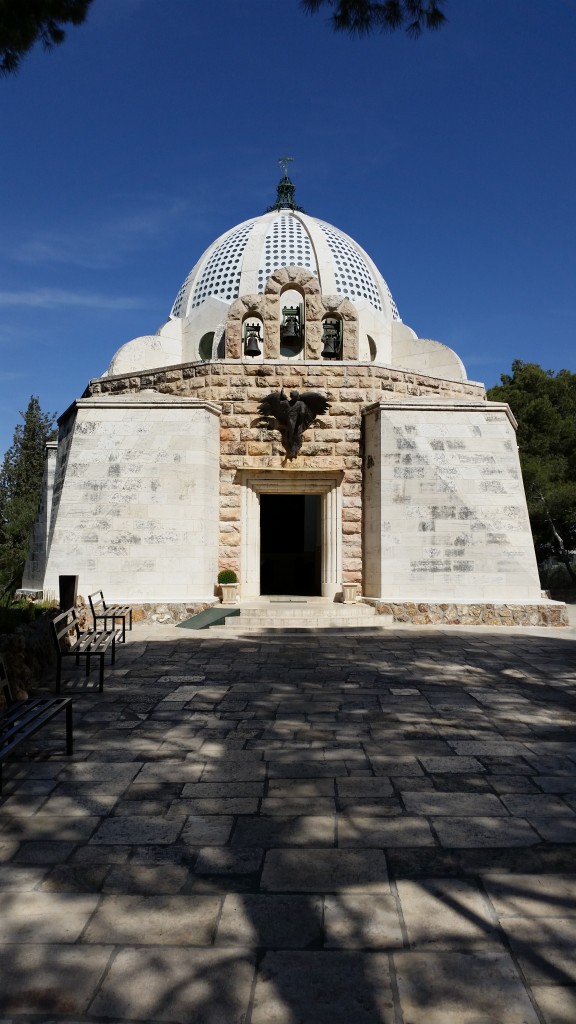
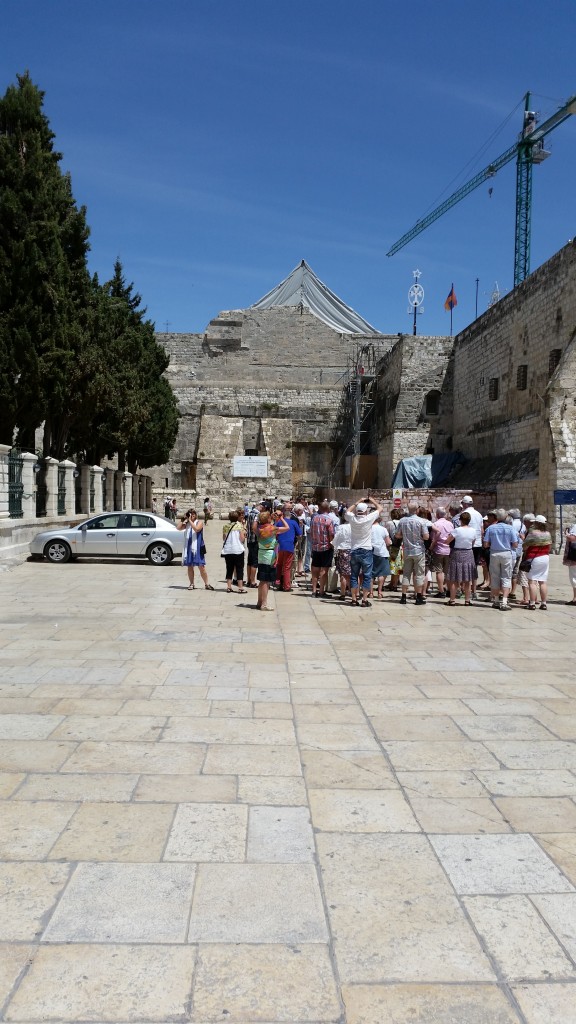
The Church of the Nativity is one of the most ancient Christian Churches, one to which Queen Helena, the mother of Constantine contributed. These days its undergoing heavy renovations, and at time of our visit they were preparing for the Pope’s visit near the end of May.
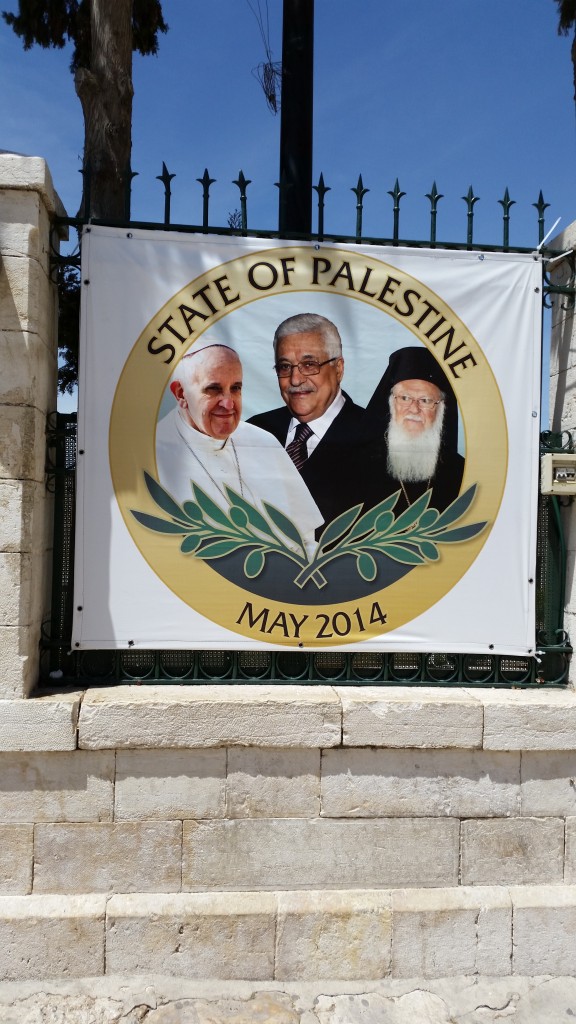
Ironically, it was the original St. Francis of Assisi who first put the manger scene idea together, blending together several different NT stories, plus some assumptions about a birth in a stable (which is incorrect). It was that first Francis who prompted the cottage industry of producing olive wood manger scenes, which is a staple of the economy in Bethlehem. As I will now demonstrate (courtesy the 3 Arches shop)
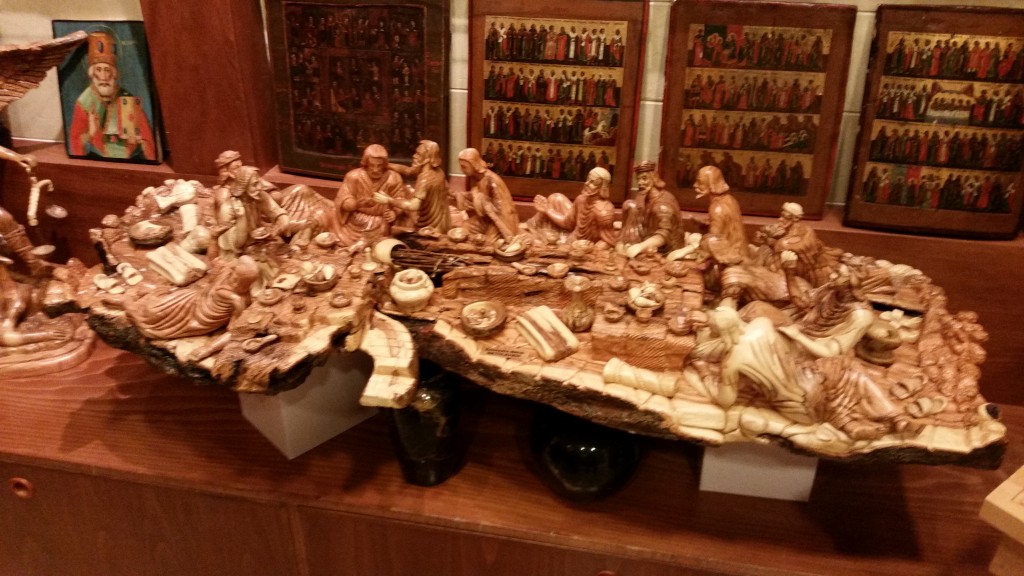
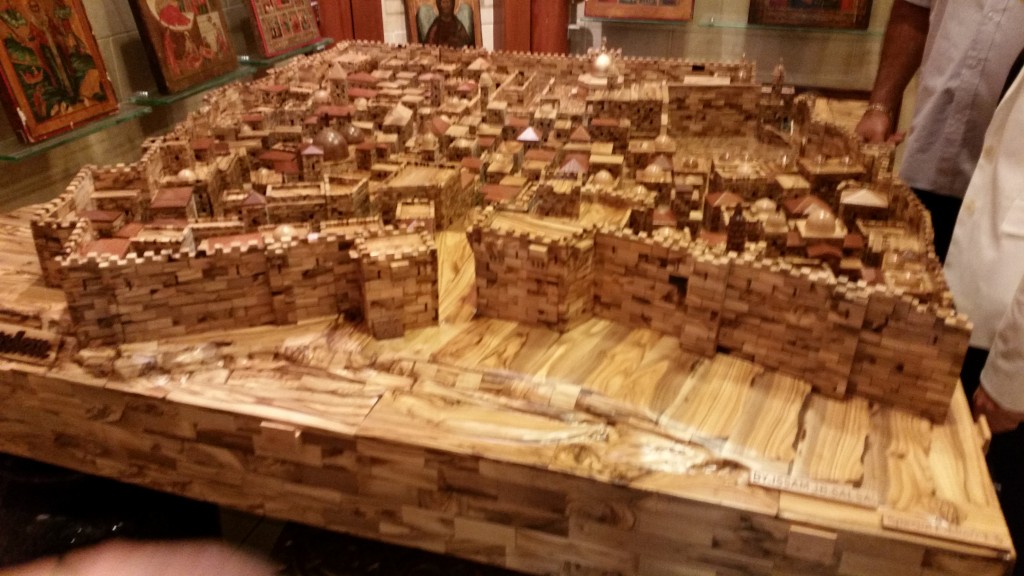
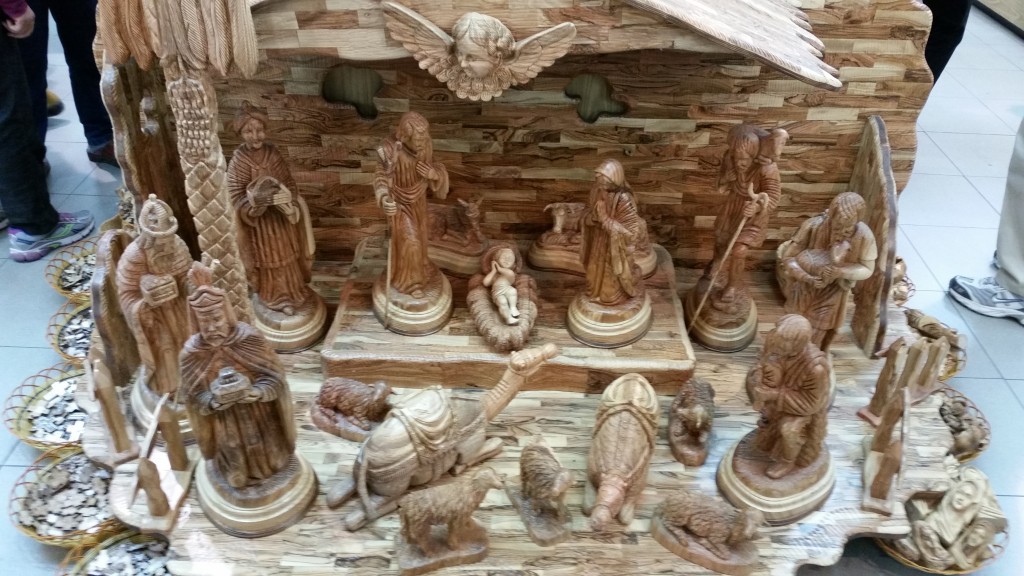
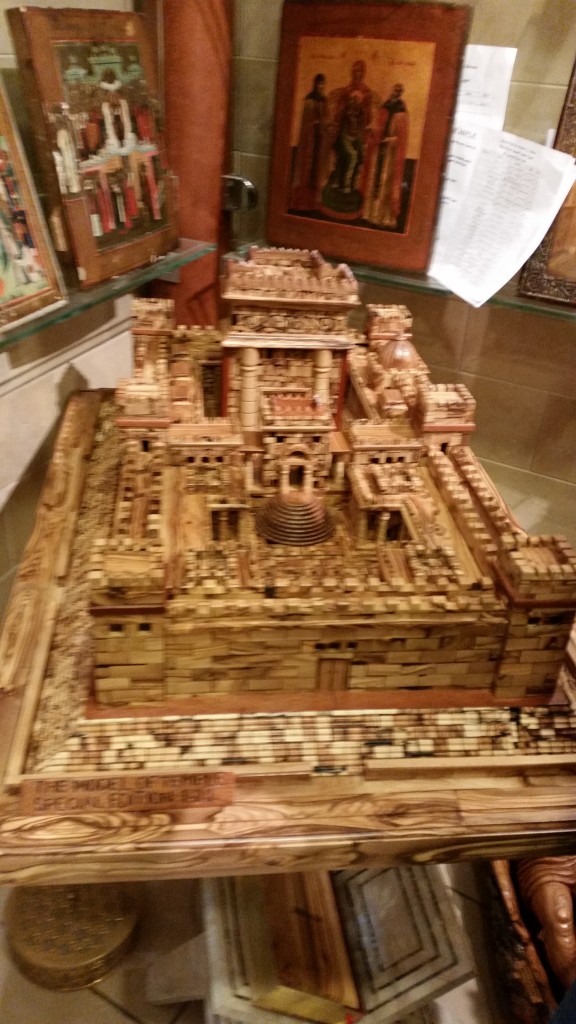
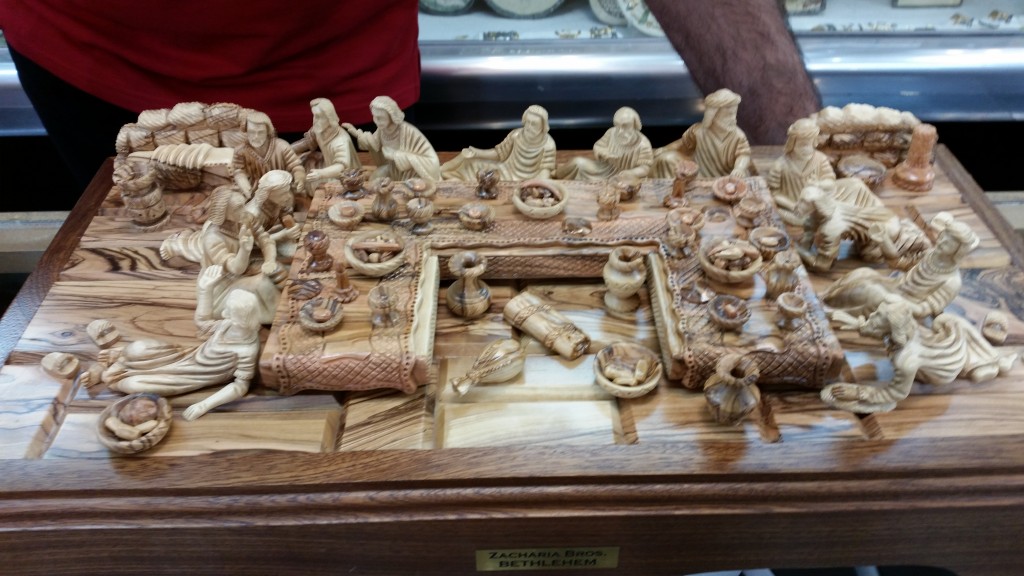
And you thought they only carved manger scenes! Not!
The main thing of interest in the Church of the Nativity are some of the original mosaic floors, which are now wisely covered with boards. The original floor level and door front level was lower in antiquity than now.
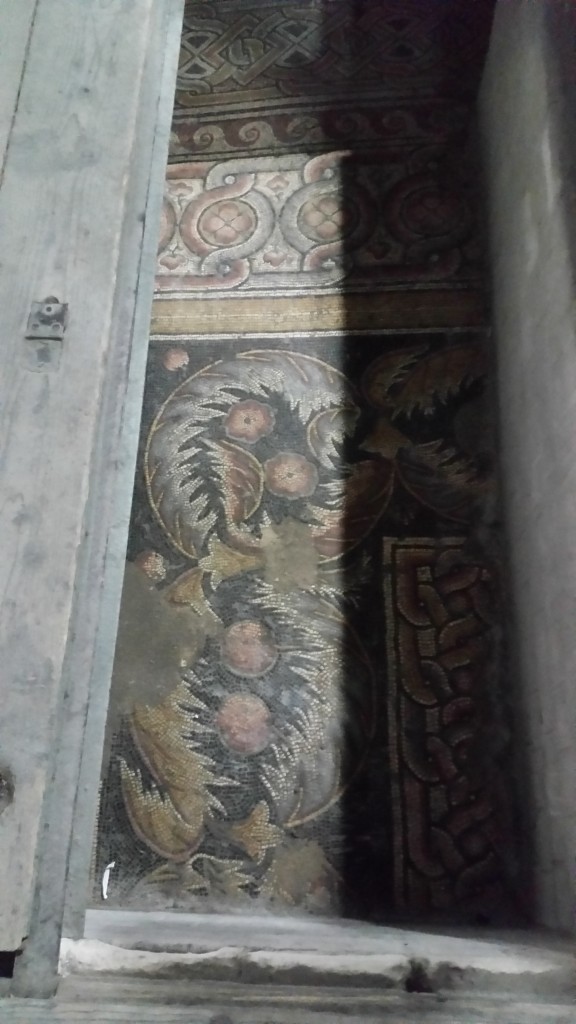
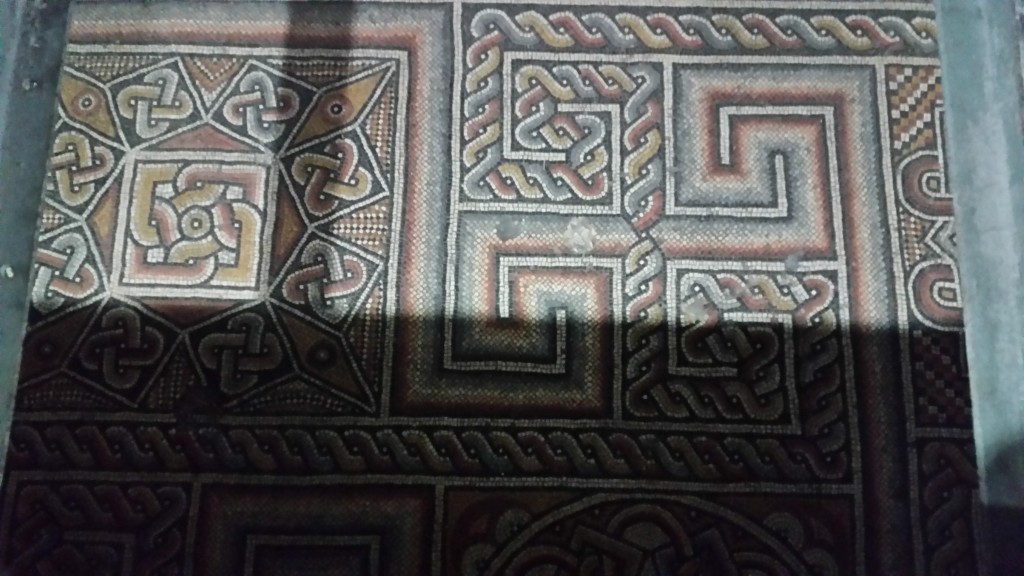
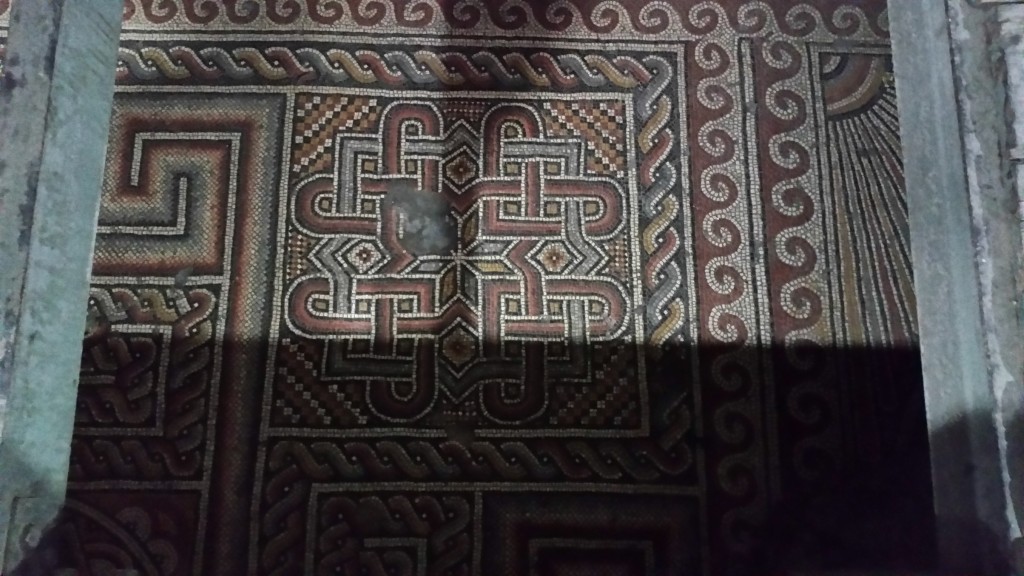
Here and there you can see the ongoing restoration and some of its results (such as cleaning the old columns).
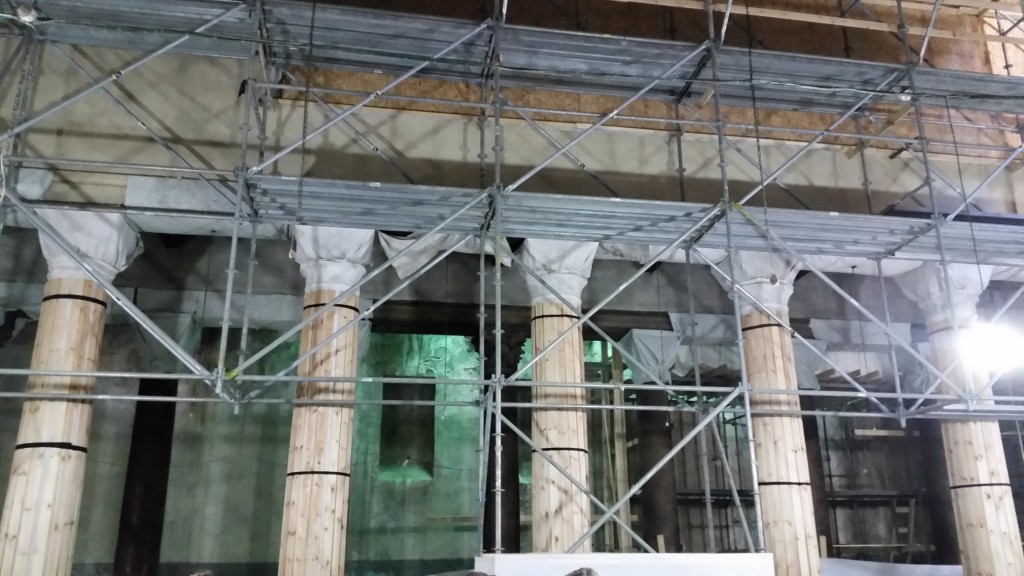
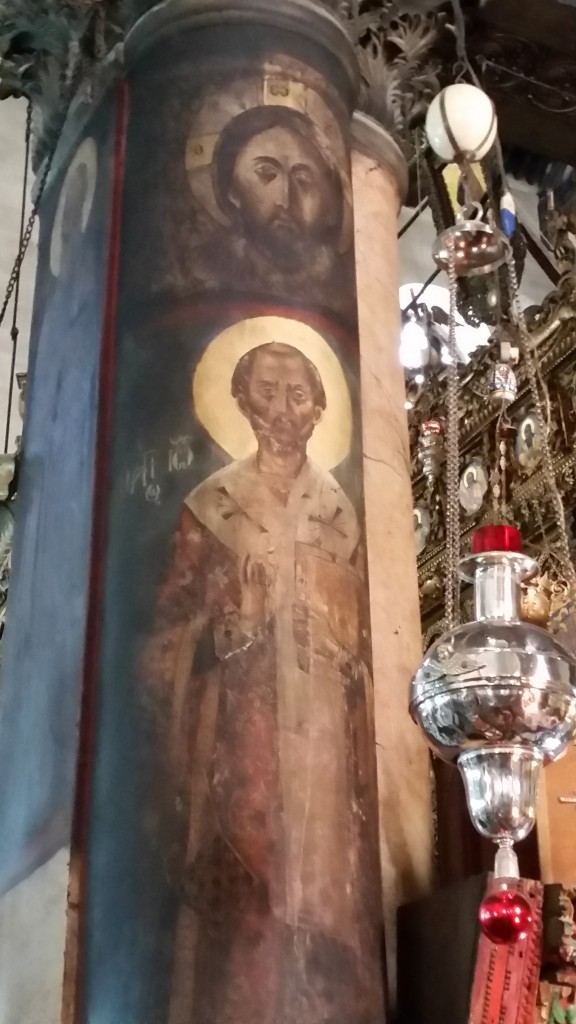
Here is an Easter banner for the Greek orthodox [various orthodox traditions share this church. The church next door with St. Jerome is the Catholic Church. The latter is odd since Jerome is an eastern saint who lived in the Holy Land, but he did turn out to be a consultant about the canon for Pope Innocent (after 367 and Athanasius’ festal letter) and he did do commentaries and the Vulgate, and went back to the Hebrew original for the OT].
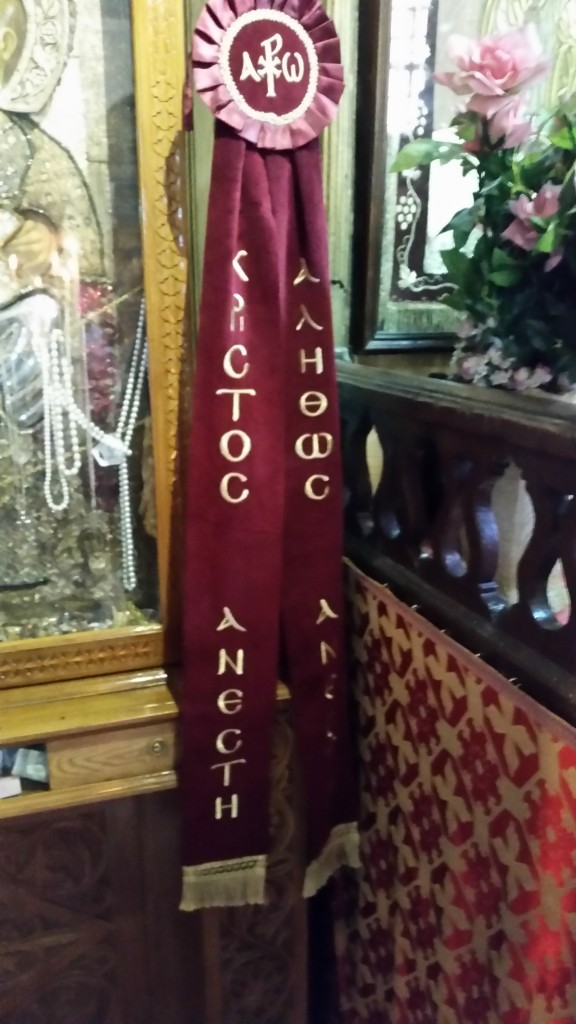
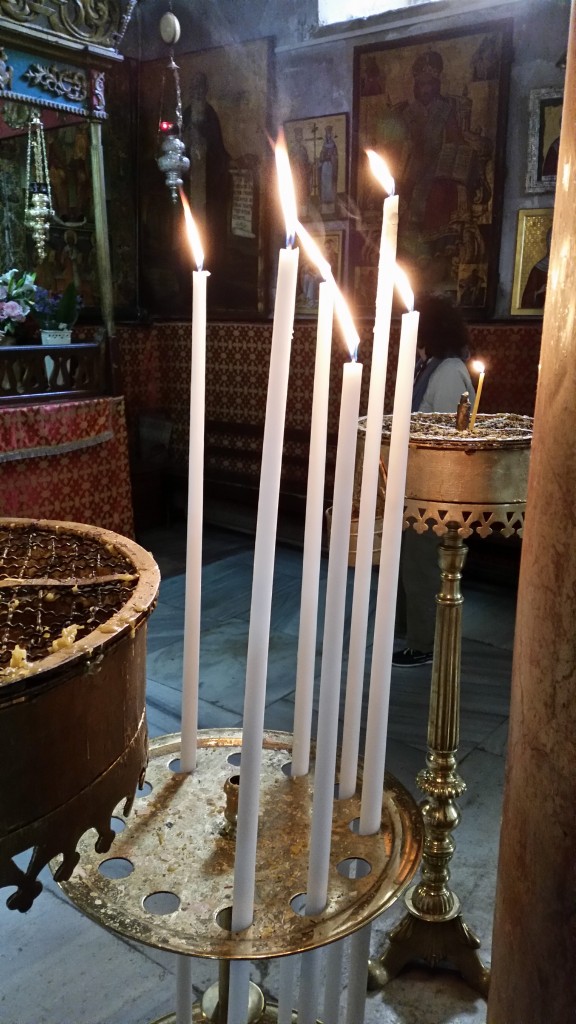
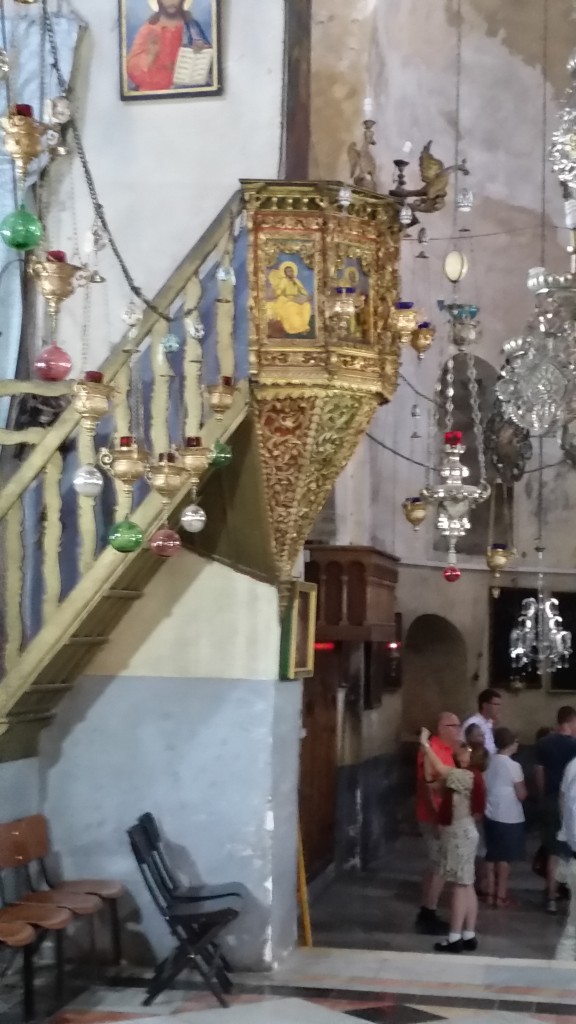
of course the main reason pilgrims come here is to have contact with the exact spot where Jesus was born, and then laid in a manger. They exist in a grotto beneath this church, a grotto that was once a cave. These traditions, while old are not really old enough to make that kind of claim, so it’s best to just know Jesus was born somewhere near here, and celebrate that.
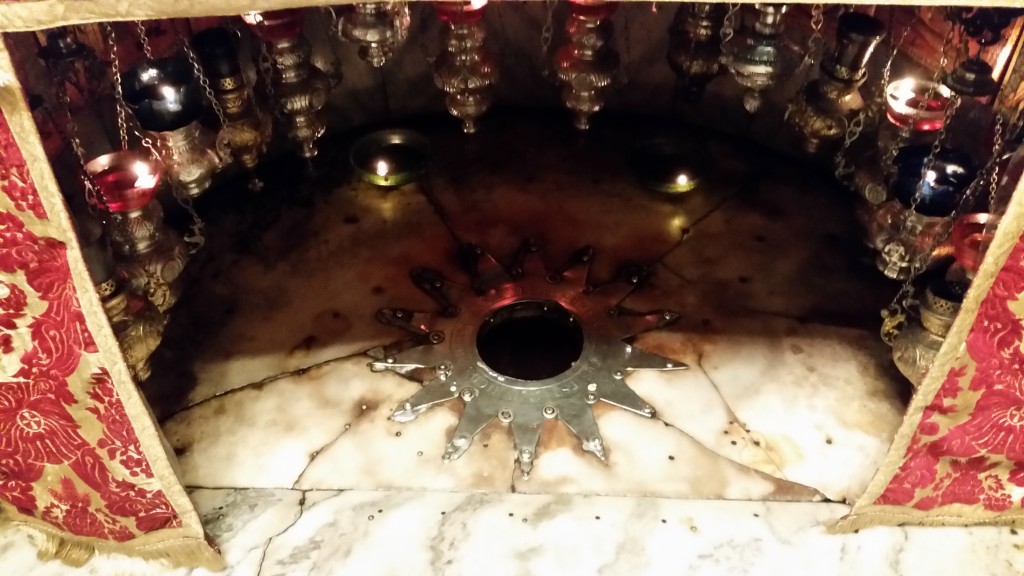
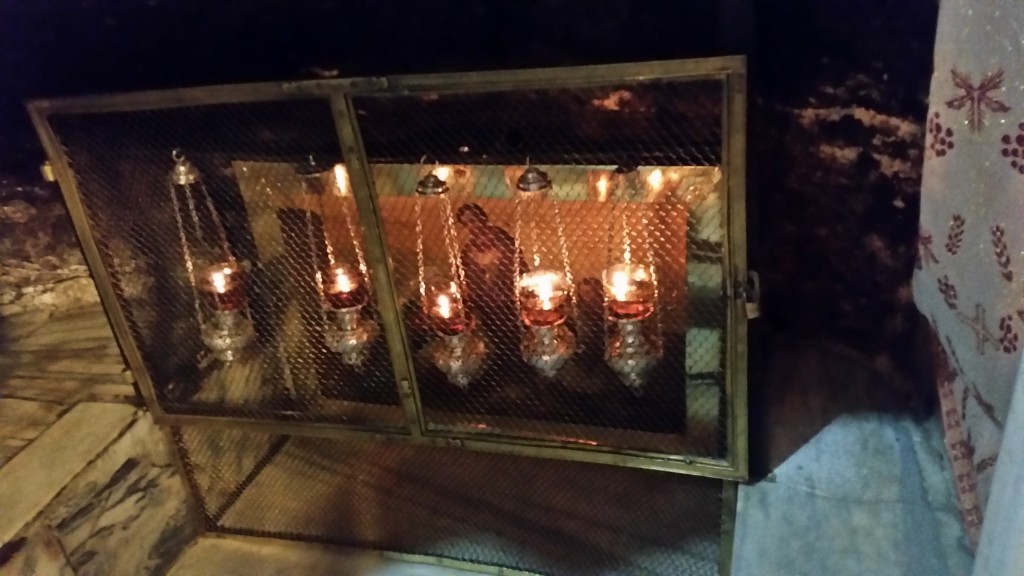
Standing outside the Catholic Church is a statue of St. Hieronymus aka Jerome,
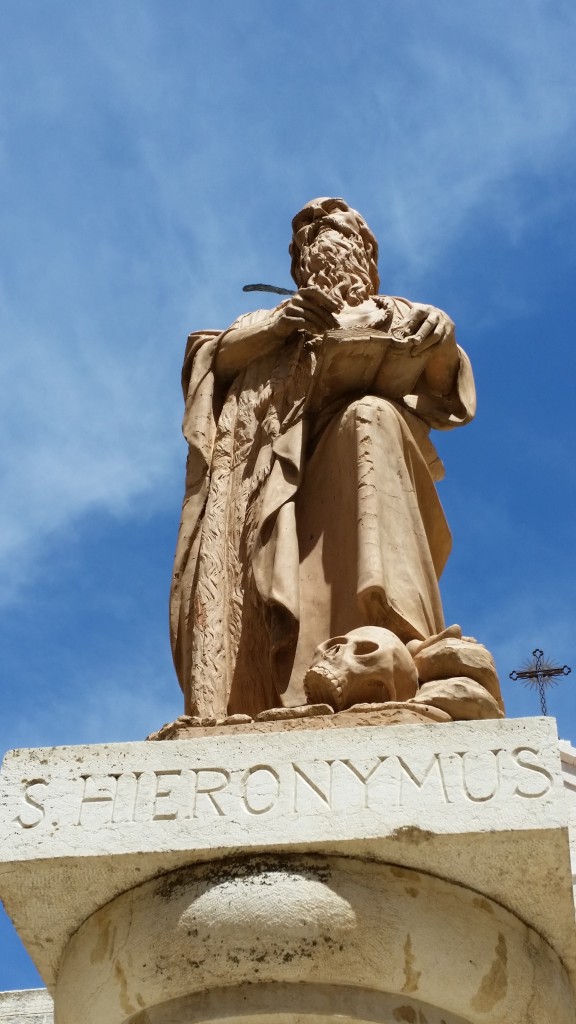
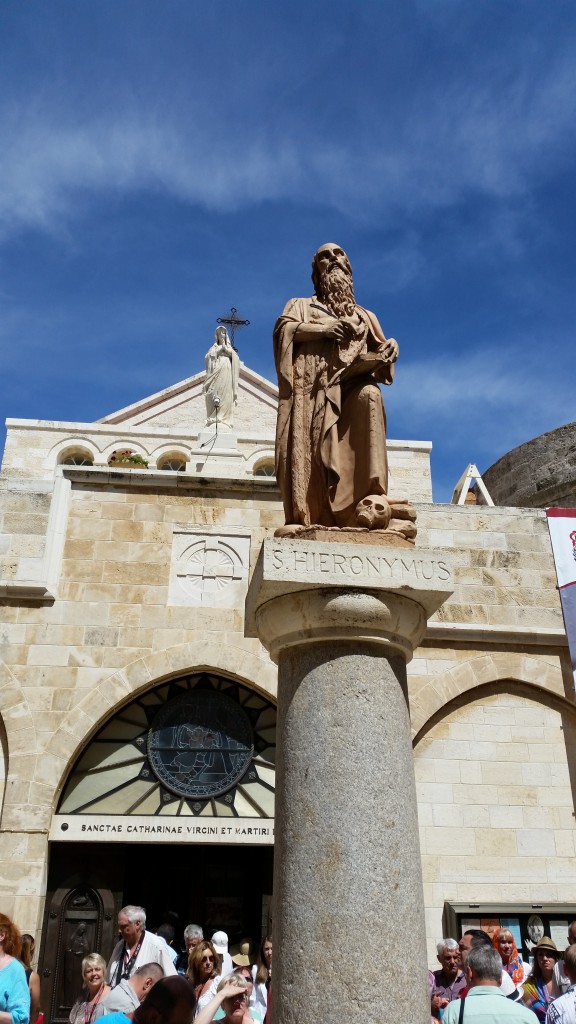
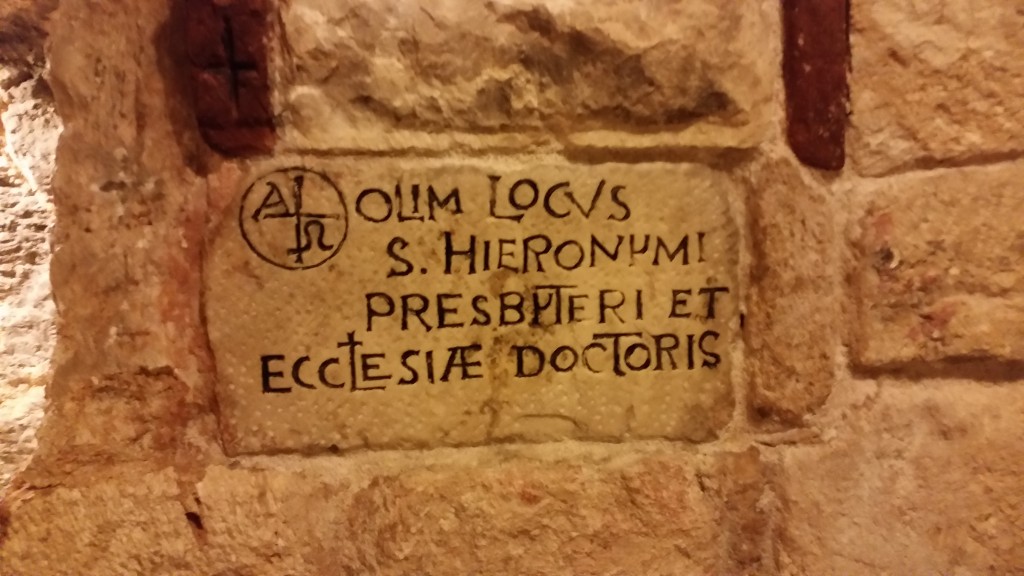
The main sanctuary is bright and cheerful,
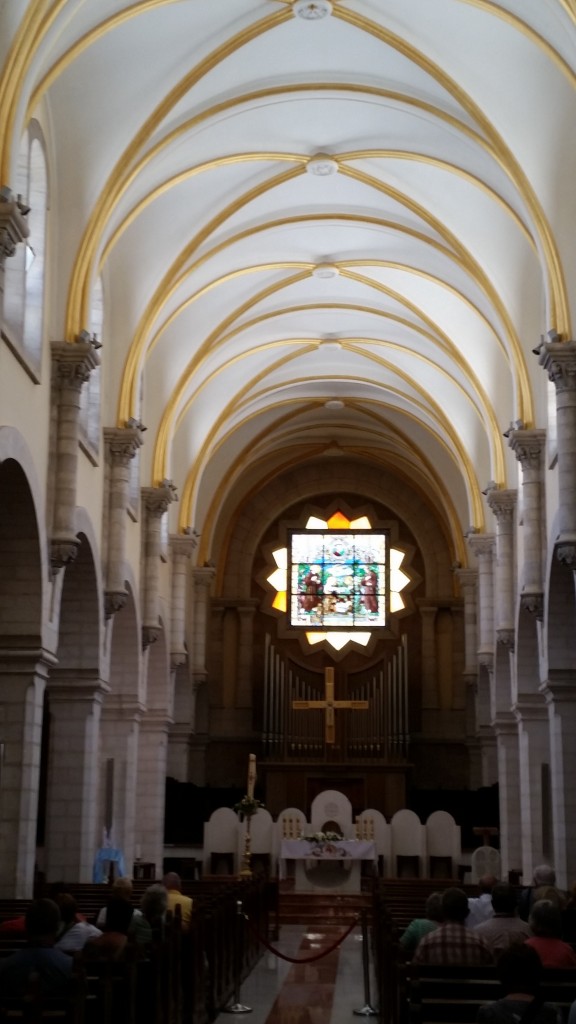
But I prefer the quiet meditative atmosphere of Jerome’s grotto, which is beneath the floor between the two churches, but entered through the Catholic Church side aisle.
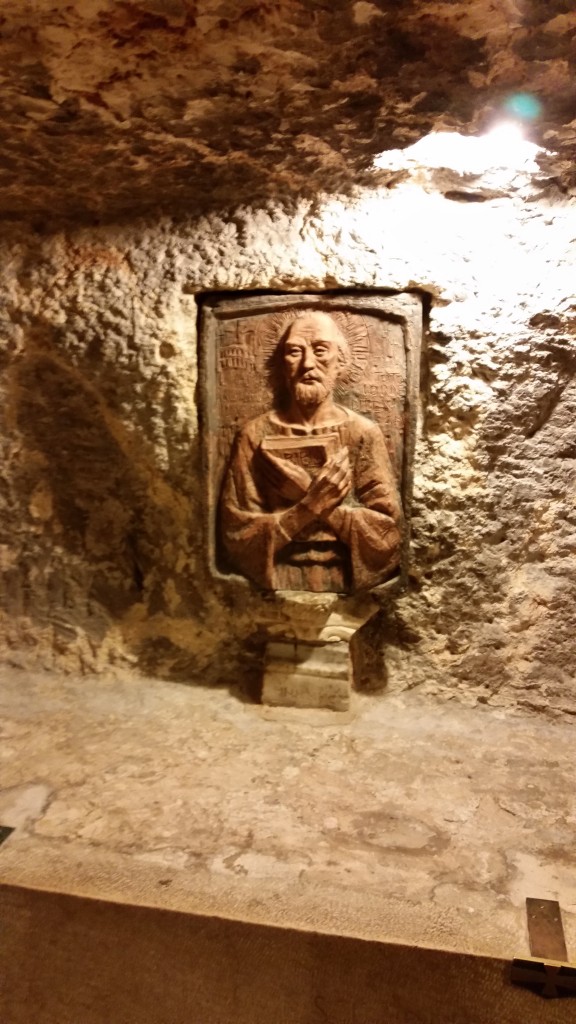
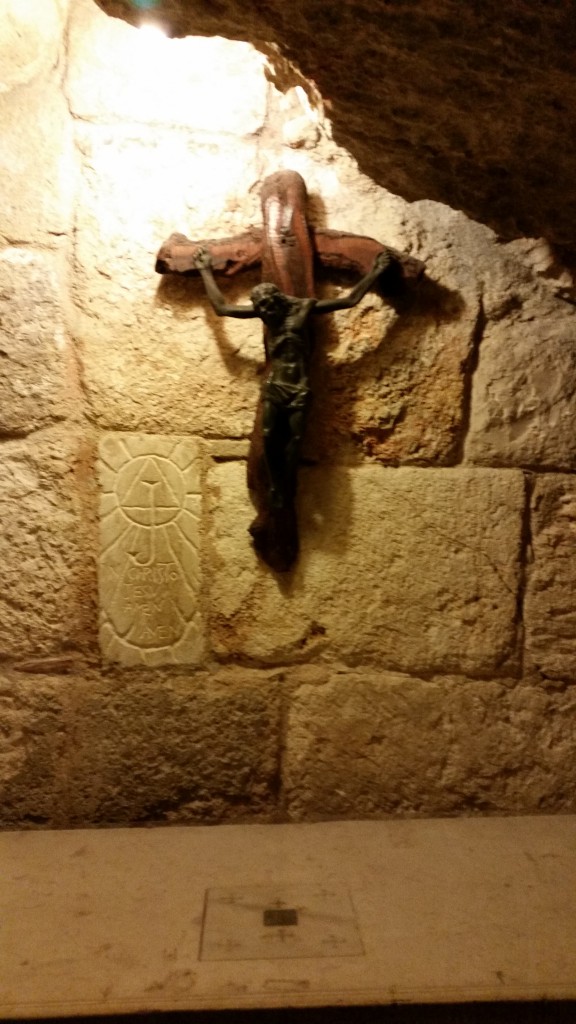
This is all a lot to take in, so afterwards it’s time for a nice cup of Middle Eastern coffee or tea….
